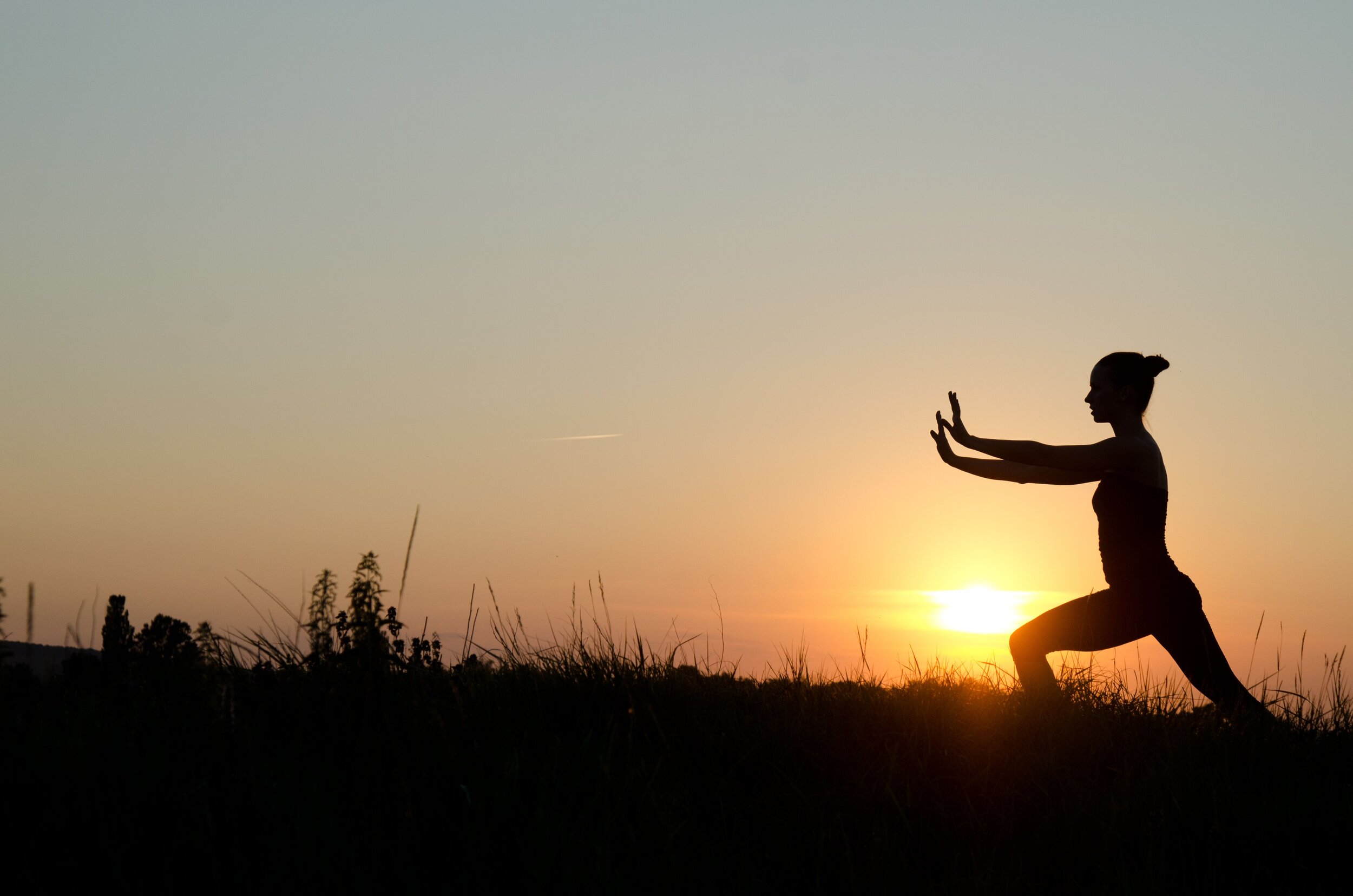Sun, the youngest of the five major Tai Chi styles, was developed by Sun Lu-tang (1861-1932). Already an accomplished martial artist in both XingYi Quan and Bagua Zhang, Sun was 50 years old when he learned Tai Chi. According to one legend, Sun happened to run into a famous Tai Chi Master named Hao Weizheng who was very sick. Sun did not know who Hao was but took care of him. When Hao recovered, he stayed in Sun’s house to teach him Wu/Hao style Tai Chi. In a different version of the story, Sun went to Hao in order to learn Wu/Hao style.
In either case, Sun later went on to create his own Tai Chi style, also known as Huobao Jia, which means lively pace frame. He believed the practitioner should move as though submerged in water, moving against the resistance, with the feet on the ground.
Let’s look at some of the characteristics of Sun style:
movements are fluid, continuous and flow like a gentle stream
there is clearly defined transference of weight between substantial and insubstantial steps
stances are higher, with less kicking and punching
dexterous movements are connected by opening and closing (qigong) stances when direction is changed
the tempo stays the same throughout the form.
Sun style is characterized by one foot following the other - “Follow Steps.” Throughout the entire set, when one foot moves forward or backward, the other foot follows. When the back foot touches the ground, the ball of the foot pushes downward to generate force. This makes Sun stepping is a bit quicker (you don’t have to put your entire back foot on the ground), smoother and more lively. Much less power would be generated by the front foot which is fully on the ground. Follow-steps provide balance, agility and flexibility; while lively steps are beneficial to health, especially for prevention and improving mobility problems.
Internal martial arts, often called “soft” focus on relaxed power, mind, and breath. The conscious mind directs the qi (or internal energy), which controls the internal force, and the internal force moves the body from the core (or Dantian). When practicing any internal martial art, the practitioner needs to be strong enough to deliver force and to absorb incoming force, but must also remain clear-minded. As with most styles, Sun emphasizes qi as being the ultimate aim. Because Sun includes qigong exercises, it is especially efficacious in cultivating qi and has great internal power, which strengthens both the mind and the body.
In 1989, Professor Men Hui-Feng of the Beijing University of Physical Education created the Sun Style Chinese National Competition Forms using almost everything from Sun’s traditional form. In 1991, the 73 Sun Competition Form was completed as the International Competition Form we have today. Dr. Paul Lam (Tai Chi for Health Institute) was a student of Professor Men Hui-Feng who modified the 73 Sun Form by removing the difficult movements to create the Tai Chi for Arthritis Form (TCA 1 & 2) that we practice in many of our classes.
There are many more Tai Chi styles, forms, and hybrids than I have covered in my blogs. All are beneficial to physical, mental and spiritual well being, so It can be overwhelming to choose one. Defining your objectives and goals, as well as taking into consideration your physical condition and/or limitations should help you pick the one that is the best fit for you.


